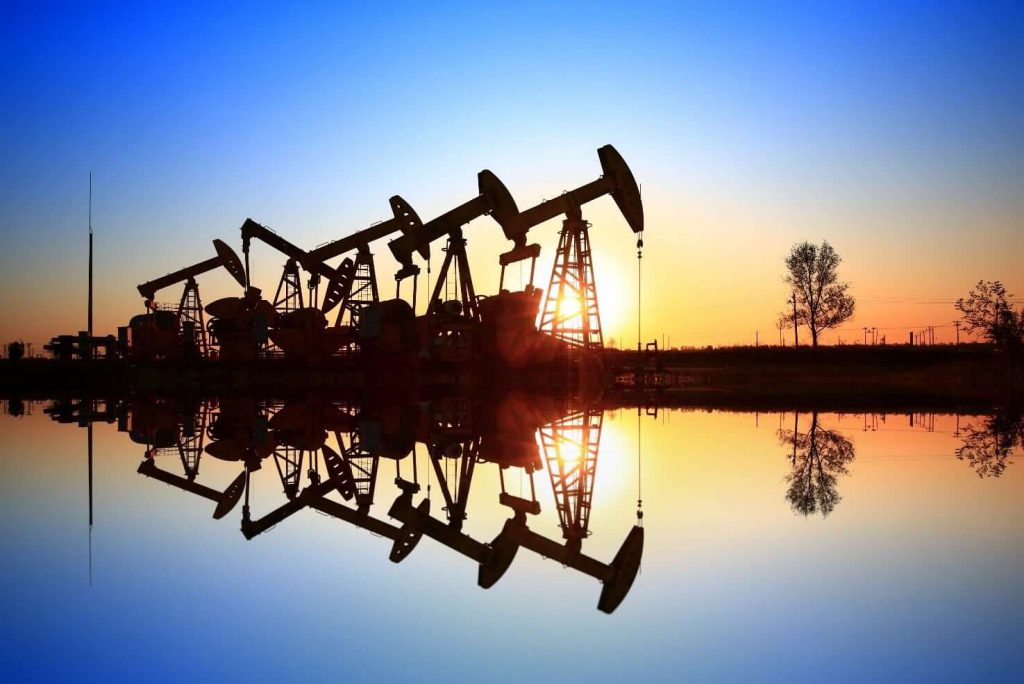
Oil Markets in 2022
Following a rebound in oil and gas demand in 2021, the market is heading into 2022 with renewed uncertainty about prices, direction, and the industry’s long-term prospects as Omicron COVID cases increase. Investors continue to press companies toward decarbonization. Will oil and gas demand continue to recover, and will clean energy installations increase in the coming year?
The closer we get to the end of 2021, the more uncertain the 2022 outlook becomes. Omicron is bringing fear in governments in Europe. They have already begun to tighten restrictions or re-impose in the case of the Netherlands strict lockdowns. The United Kingdom is not ruling out tougher measures, and many other European countries are also tightening travel restrictions.
Oil 100?
It is difficult to forecast oil prices under “normal” conditions. However, the uncertainties associated with the pandemic have made the task even more difficult. Currently, forecasts range from oil averaging around $70 per barrel next year to exceeding $100 per barrel sometime in 2022 or 2023.
OPEC expects a “mild and short-lived” Omicron impact on oil demand. At the same time, the International Energy Agency (IEA) anticipates a temporary slowdown in demand recovery due to the new variant, but not a wholly disrupted demand trend.
JP Morgan predicted that oil could reach $125 per barrel next year in the early days of the Omicron variant’s spread. Oil prices going $100 per barrel are unlikely. This is the case at least for the foreseeable future, according to Simon Flowers, Chairman, and Chief Analyst at Wood Mackenzie. He discussed this in a recent post about the critical themes in oil and gas in 2022.
Some analysts predict that a harsher-than-usual winter in the northern hemisphere will exacerbate Europe’s energy crisis. It will deplete its natural gas storage stocks, which are already at a decade low for this time of year. It could boost demand for heating fuels other than natural gas, such as oil products, potentially driving up oil demand even if gasoline consumption is restricted due to lockdowns.
End Time of Crisis
A cold snap this weekend has already pushed Europe’s power prices to new highs, as gas storage levels are low and electricity availability is expected as well, following France’s shutdown of four nuclear reactors.
Natural gas prices are highly volatile and sensitive to (lack of) additional supply from Russia. However, they expect to fall in the spring as temperatures rise. Even after the winter season ends in the spring of 2022, gas prices in Asia and Europe will remain higher than before the crisis, owing to a structurally tighter gas market than existed before COVID.
The Energy Transition
Big Oil invests more in low-carbon energy. However, according to one risk, the pace of capacity additions of already mature solar and wind technology may slow due to higher costs. According to Wood Mackenzie, a potential supercycle in metals and a continued surge in clean energy installations are on the horizon.
The world will still require double new annual capacity over the next five years to achieve the net-zero by 2050 scenario, according to the IEA’s annual Renewables 2021 Market Report, which includes a forecast to 2026. Installed costs increased for the second quarter in a row across all market segments, reflecting supply chain challenges.


